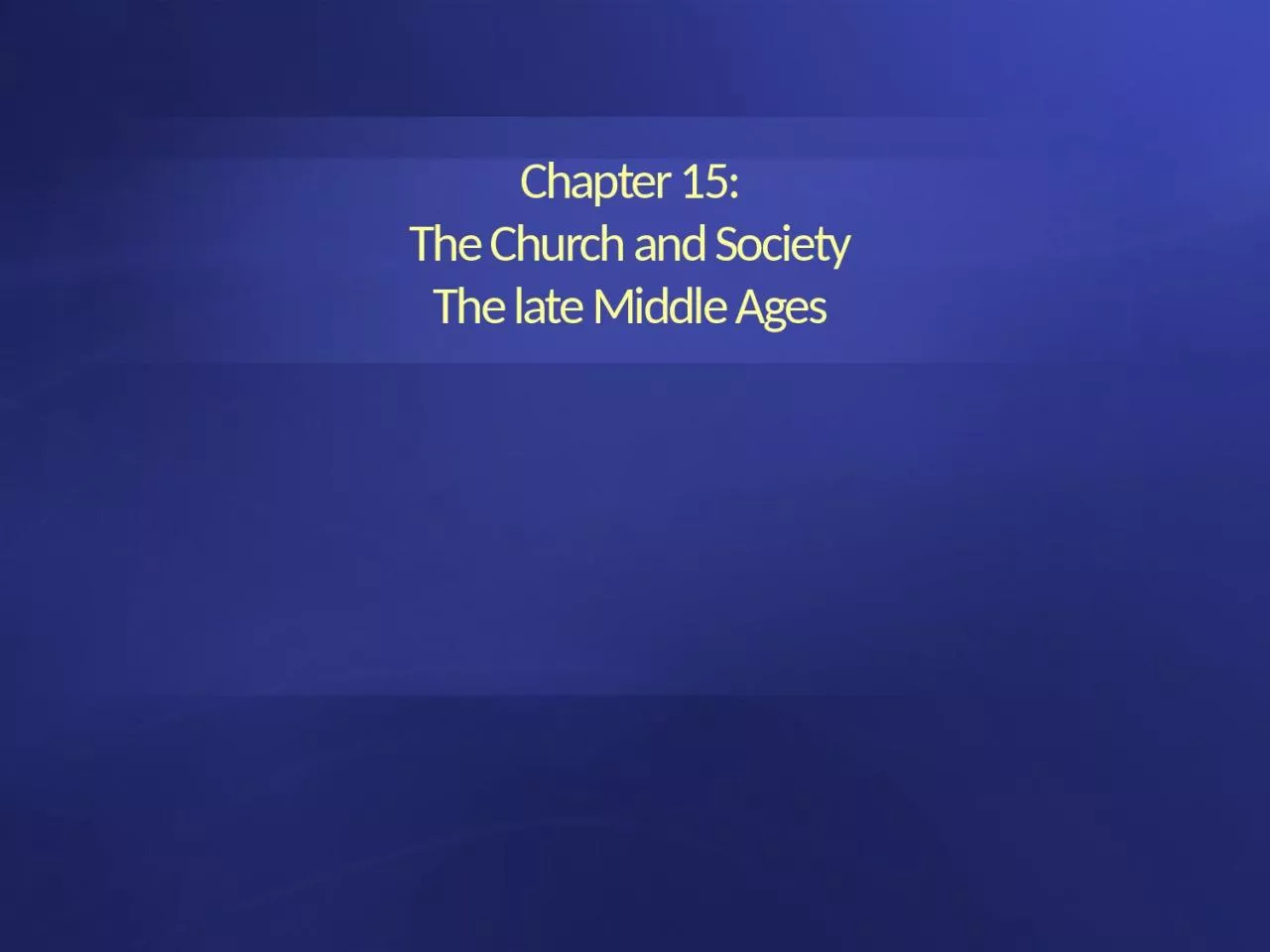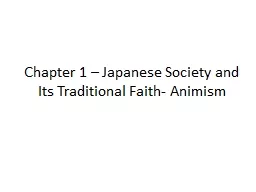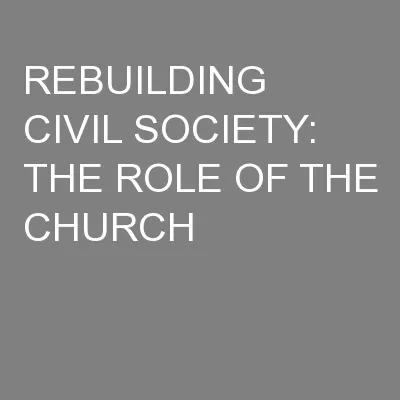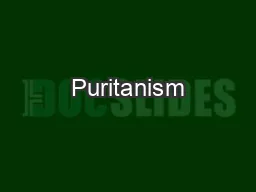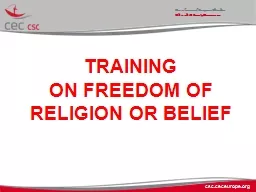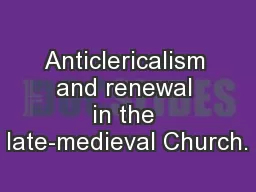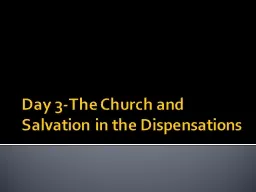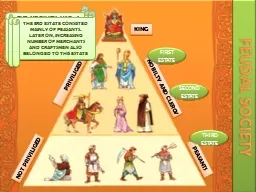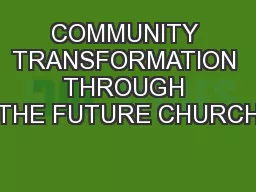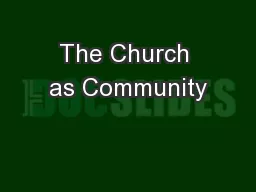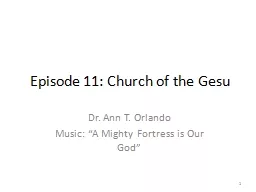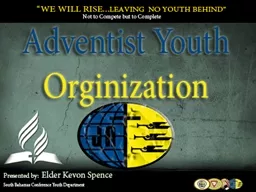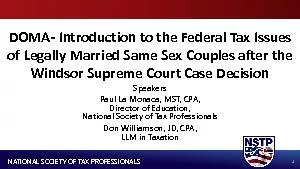PPT-Chapter 15: The Church and Society
Author : Soulreaver | Published Date : 2022-08-02
The late Middle Ages New Religious Order Cistercian order founded in 1098 Bernard of Clairvaux most famous Cistercian monk AD 1000 and 1200 women entered convents
Presentation Embed Code
Download Presentation
Download Presentation The PPT/PDF document "Chapter 15: The Church and Society" is the property of its rightful owner. Permission is granted to download and print the materials on this website for personal, non-commercial use only, and to display it on your personal computer provided you do not modify the materials and that you retain all copyright notices contained in the materials. By downloading content from our website, you accept the terms of this agreement.
Chapter 15: The Church and Society: Transcript
The late Middle Ages New Religious Order Cistercian order founded in 1098 Bernard of Clairvaux most famous Cistercian monk AD 1000 and 1200 women entered convents Most educated women in medieval Europe were . VLSID 2015 will act as a unique catalyst to accelerate the involvement of companies in the area of VLSI design and embedded systems with an emphasis on IoT exchanging ideas expounding on research areas detailing on the business opportunities compan Sun Goddess - . Amaterasu. . Omikami. Sun Goddess - . Amaterasu. . Omikami. The Grand Shrine of . Ise. – . Ise. . Jingu. . Jibo-Kannon. An image of . the . Kannon. bodhisattva. at . Kinshoji. What is Civil society?. _______________________________. “un-coerced collective action around shared interests, purposes and values…”. (The London School of Economics Centre for Civil Society). By: Alex Turner. Richardson’s 6. th. Period. The Roots of Puritanism. Started in England. A Church Reform straying away from Catholicism . Caused for splits in the Church. Some Puritans stayed in England . Church & Society Commission. TRAINING . ON FREEDOM OF RELIGION OR BELIEF. csc.ceceurope.org . Conference of European Churches. Church & Society Commission. csc.ceceurope.org . . Table of contents. Religion and Religious Change in England, c.1470-1558. The ‘Church’ problem:. Duality:. Church was at one an immensely power and wealthy institution. And. the very body of Christ - His spirit resided in believers.. Daily Quiz. Questions 1-3 (3 Points Each). What are the 3 . Major Tenets . (Sine Qua Non) of Dispensationalism. Questions 4-6 (3 Points Each). I have read Chapters 2, 3 and 4 in Dr. Ryrie’s book “Dispensationalism". KING. NOBILTY AND CLERGY. PEASANTS. FIRST ESTATE. SECOND ESTATE. THIRD ESTATE. PRIVILIGED. NOT PRIVILIGED. THE NOBILITY HAD A MILITARY ROLE. THEY WERE SUPPOSED TO DEFEND THE POPULATION. THE CLERGY WERE THOSE WHO BELONGED TO THE CHURCH. PRIESTS AND MONKS PRAYED AND LED A SPIRITUAL LIFE. NOT A NEW CONCEPT. EMBEDDED IN THE HISTORY, THEOLOGY & PRACTICE OF THE CHURCH. CHURCH LOST ITS SENSE OF INVOLMENT BUT RETURNING TO IT AGAIN. *. Jesus’ teachings impacted on the socio- . economic and political situation.. Kant said that when a person acts out of duty he knows that he does so because he is acting in solidarity with all humankind. . Bonhoeffer. agreed that no Christian can act morally in isolation. . Therefore the role of the church is to provide a spiritual and moral community that will equip each person to live a moral life. . Gesu. Dr. Ann T. Orlando. Music: “A Mighty . Fortress . is . Our God”. 1. Timeline. Theme: Militant Fracturing of Western Christendom. 2. Church of the Gesu. Located on site that Ignatius of Loyola selected for his Roman headquarters. La gamme de thé MORPHEE vise toute générations recherchant le sommeil paisible tant désiré et non procuré par tout types de médicaments. Essentiellement composé de feuille de morphine, ce thé vous assurera d’un rétablissement digne d’un voyage sur . Adventist Youth Society “The Adventist Youth Society is a department of the church through which the church works for and through her youth. ” Mission Statement The primary focus of youth ministry is the salvation of youth through Jesus Christ. We understand youth ministry to be that work of the church that is conducted for, with, and by young people. DOMAIntroduction to the Federal Tax Issues of Legally Married Same Sex Couples after the Windsor Supreme Court Case DecisionSpeakersPaul La Monaca, MST, CPA,Director of Education,National Society of T
Download Document
Here is the link to download the presentation.
"Chapter 15: The Church and Society"The content belongs to its owner. You may download and print it for personal use, without modification, and keep all copyright notices. By downloading, you agree to these terms.
Related Documents

